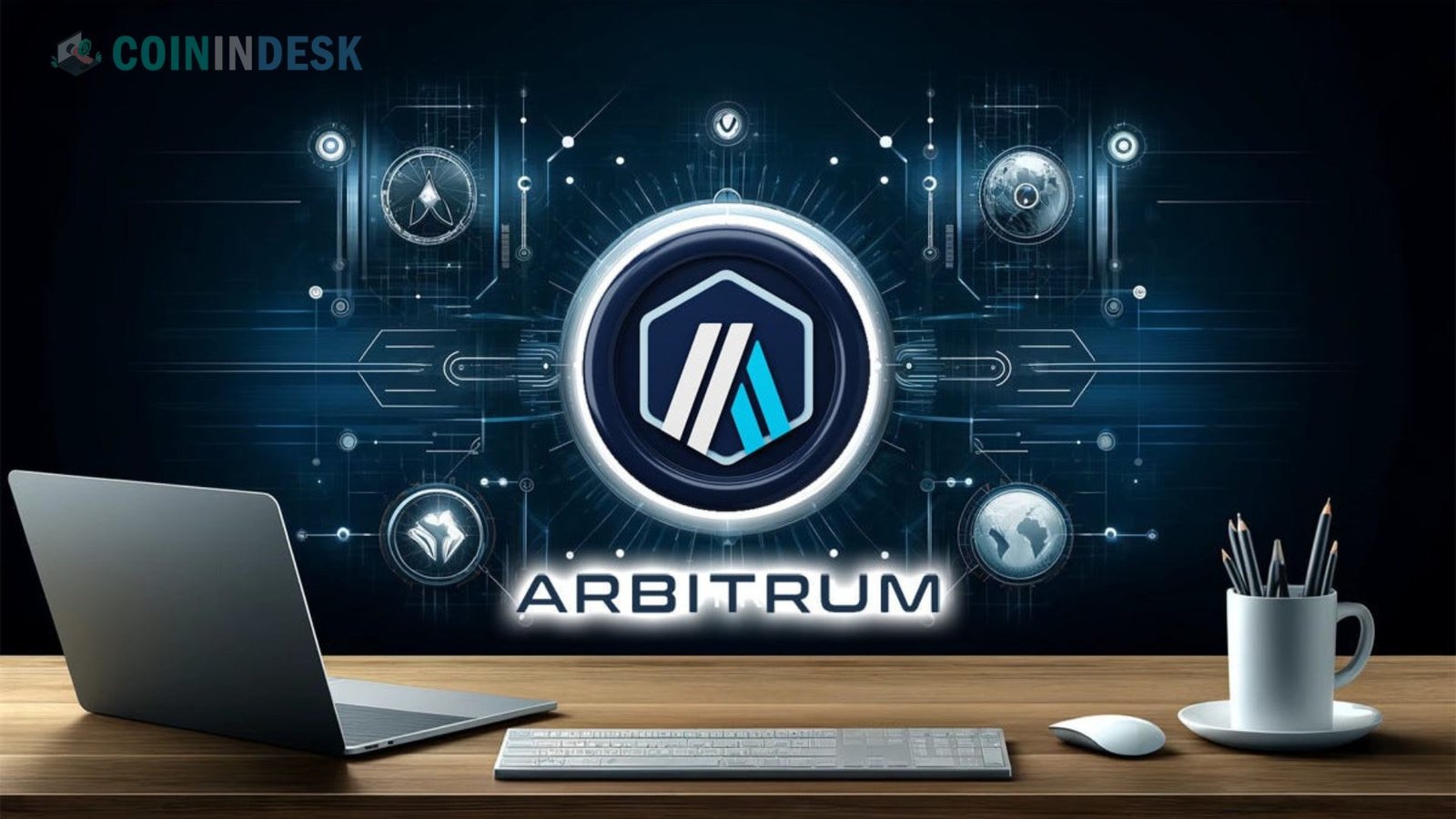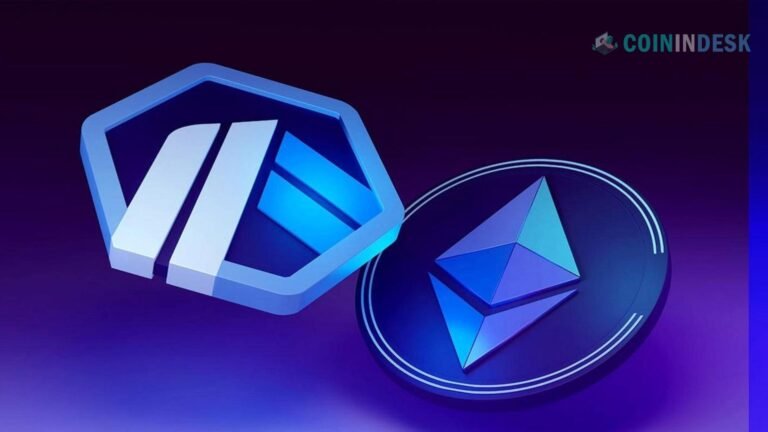Famous for its smart contracts and decentralized apps (dApps), Ethereum is the second-largest blockchain platform in terms of market value. Nevertheless, scalability issues have plagued the Ethereum network from the beginning. Network congestion, caused by the overwhelming demand for its decentralized services, has slowed transaction speeds and increased costs. In response to these concerns, Ethereum’s base layer had a layer 2 scaling solution called Arbitrum created, which offered a more efficient and cheaper option. Learn about Arbitrum’s features, how it works, and how it’s facilitating Ethereum’s scaling for cheaper, faster transactions in this in-depth article.
What is Arbitrum?
Offchain Labs’ Arbitrum is an Ethereum Layer 2 solution. To improve scalability, speed, and cost-effectiveness without compromising the security and decentralization of the underlying chain, protocols are developed on top of a base blockchain, in this example, Ethereum, to provide layer 2 solutions.
To grow Ethereum, Arbitrum employs a technique known as Optimistic Rollups. This method ensures that all transactions are valid while bundling them into one, decreasing the burden on Ethereum’s main chain (Layer 1). Compared to Ethereum’s crowded Layer 1, Arbitrum’s processing speeds and transaction costs are far cheaper because of this.
How Does Arbitrum Work?
Arbitrum uses Optimistic Rollups, which are a novel approach. Here are the main ideas that can help you understand how Arbitrum works:
Rollups and Transaction Bundling
Layer 1 of Ethereum handles the processing and validation of transactions one by one. The method’s security is good, but it loses efficiency when the network gets larger. Optimistic Rollups and other rollups make it possible to perform numerous transactions simultaneously. In order to guarantee security and outsource most of the transaction processing, Arbitrum regularly transmits the transaction data to Ethereum’s main chain.
Optimistic Assumption
Like Arbitrum, Optimistic Rollups presume the validity of the majority of transactions. Arbitrum uses a feature where transactions are assumed to be valid unless proof of fraud is provided, rather than instantly confirming each and every transaction on the Ethereum network. The ability to contest and reverse a fraudulent transaction is what gives the system its optimistic nature. The computing load is reduced, resulting in significantly speedier transactions.
Fraud Proof and Dispute Resolution
Arbitrum provides a means for resolving disputes, despite its default assumption that transactions are genuine. AFraud evidence can be submitted by anyone who believes a transaction is invalid. Next, the security of the transactions is verified by Ethereum’s foundational layer. That way, Arbitrum can keep Ethereum’s security features while making it more scalable.
Key Benefits of Arbitrum
Faster Transactions
Ethereum users often experience transaction delays due to network congestion, which is one of the platform’s main issues. This is remedied by Arbitrum by relocating the bulk of the transaction processing away from the Ethereum foundation layer. Consequently, compared to Ethereum, transactions on Arbitrum are executed significantly quicker. Due to its increased speed, Arbitrum is a good choice for decentralized applications (dApps) that need a lot of data transfer, such as gaming apps, decentralized finance (DeFi) platforms, and others.
Lower Transaction Fees
During times of strong demand, Ethereum’s high gas fees become a major issue. Users may look for alternatives if gas prices make small transactions economically difficult. By handling transactions off-chain, Arbitrum drastically lowers transaction fees. Users still get the security and decentralization of Ethereum with lower fees thanks to Layer 1’s reduced resource consumption.
Ethereum Security and Decentralization
Because of its integration with Ethereum’s Layer 1, Arbitrum is able to take advantage of Ethereum’s security features. The data integrity of Arbitrum transactions is ensured by having them resolved periodically on Ethereum. Arbitrum also uses Ethereum’s decentralized validator network, which makes the network more trustworthy and less susceptible to centralization risks.
Compatibility with Ethereum’s Ecosystem
All of Ethereum’s decentralized applications and smart contracts are compatible with Arbitrum. Existing Ethereum contracts can be easily deployed to Arbitrum by developers. The ability to keep using existing libraries, frameworks, and tools makes the switch to Arbitrum a breeze for decentralized app developers.
Arbitrum’s Role in the Ethereum Ecosystem
When it comes to Ethereum’s continuous scaling effort, Arbitrum is a crucial component. It solves Ethereum’s scalability issue by offering a more efficient and scalable alternative that doesn’t compromise Ethereum’s security or decentralization features. Ethereum aspires to provide a worldwi de decentralized platform for a variety of applications, including DeFi, NFTs, and gaming; Arbitrum adds to this goal.
de decentralized platform for a variety of applications, including DeFi, NFTs, and gaming; Arbitrum adds to this goal.
DeFi and Arbitrum
The DeFi space has already been profoundly affected by Arbitrum. Because of its scalability, Arbitrum is well-suited for DeFi platforms, which prioritize low-cost, quick transactions. Arbitrum has already been integrated with popular DeFi projects like Uniswap and Aave, providing users with a more efficient way to engage with these platforms.
NFTs on Arbitrum
Despite the meteoric rise in popularity of non-fungible tokens (NFTs), the hefty gas prices associated with Ethereum have rendered NFT minting and transfer prohibitively expensive. Arbitrum is a great alternative to Ethereum for NFT projects because of its lower transaction fees, which make it possible for collectors, artists, and marketplaces to connect without breaking the bank.
Future Prospects for Arbitrum
To guarantee that the Ethereum network can manage the ever-increasing demand, Layer 2 solutions such as Arbitrum will play an increasingly important role as Ethereum’s popularity rises. With Ethereum’s impending upgrades, such as the shift to Ethereum 2.0, Layer 2 solutions like Arbitrum will only grow in importance, and Offchain Labs is continuously working to improve its performance.
Conclusion
With its promise of cheaper and faster transactions without sacrificing security, Arbitrum offers a potential answer to Ethereum’s scaling issue. Arbitrum is a great alternative to Ethereum for developers and users since it improves Ethereum’s throughput and decreases expenses via Optimistic Rollups. Due to its continuous development and interoperability with current Ethereum decentralized apps (dApps). Arbitrum is well-positioned to be an integral part of Ethereum’s future as a decentralized, scalable platform for various uses.
Read More: The Ultimate Guide to Ethereum Betting Sites
[sp_easyaccordion id=”5751″]


